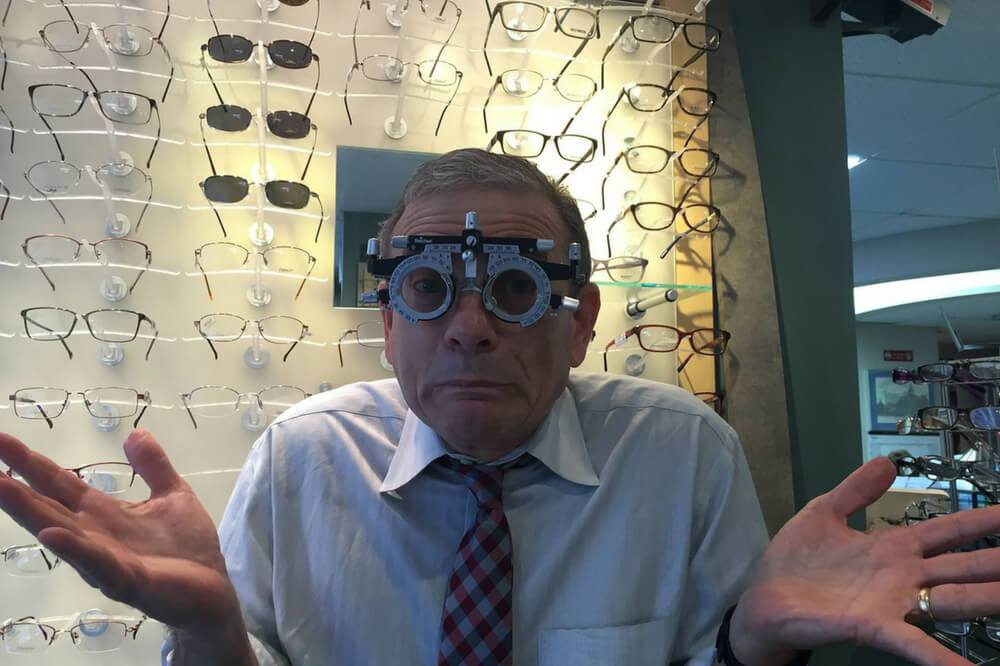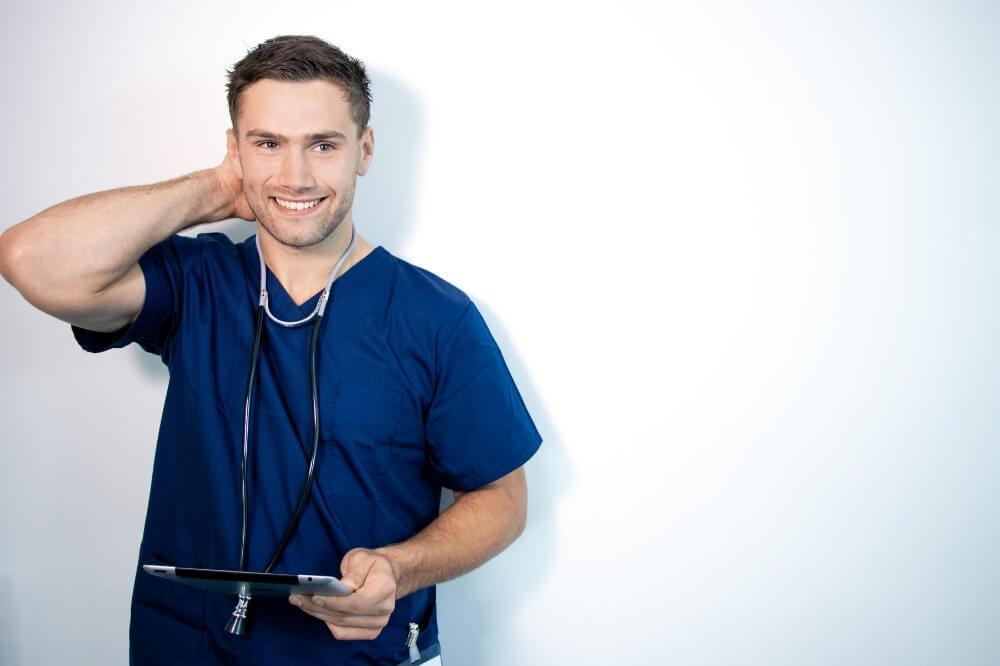
A Day in the Life of a Medical Student
Are you are a prospective medical student, preparing for your upcoming medical school interviews or a parent keen to know what your child is going to learn in medical school? Do you wonder what it is actually like to study medicine? Well, worry no more. In this blog post, we introduce you to a typical day for a fourth-year medical student.
By fourth year, the experience is largely clinical, with hospital placements and clinical skills teaching classes based at the school of medicine. Please note that experiences may be different depending on which medical school you attend.
EAR, NOSE & THROAT (ENT) SURGERY BLOCK
Having finished my rotation in Urology, I am now based in Ear, Nose and Throat surgery (ENT).
Previous night: Alarm set for 6 am. I need to leave enough time to get to the hospital for the early start (8 am ward round!!).
The following day
6 am - 8 am: Starting the day can always be rough but it is easily fixed with a bit of caffeine. After having my breakfast, I get to the train just in time and make my way to the hospital. By fourth year, the majority of my time is spent practising clinical skills, building upon the scientific knowledge from the preclinical years.
8 am – 9 am: Ward 9 – Ears-Nose-Throat
I introduce myself to the team, ‘I’m a fourth-year medical student’ (this must be my most utilised phrase). The team of two registrars, a senior house officer (SHO), a Foundation Year 2 doctor and a medical student surround the patient. In front of us is a lady with a progressively enlarging neck lump. I listen to the conversation, and the SHO hands me the notes and medical history to write in while she observes. I keep up with the consultant’s comments and double check with the SHO before we move onto the next patient.
TOP TIP: Read around the subject before you start your placement it will prevent awkward silences and encourage the doctors to teach you more!
The next patient has a tracheostomy after a recent surgery. While the surgeons examine the tracheostomy, I observe to see what they do and how. Ward rounds are a great place to get an idea of the kind of presentations you might see in that speciality. In terms of skills building, I find ward rounds very good for end-of-the-bed diagnosis. It is nice being able to solely observe the patient and get an idea of the possible diagnosis. I used to find ward rounds very intimidating but have grown to like them. They are a great place to get to know the team, understand the roles of the doctors, and give them a chance to know you.
TOP TIP: Make the most of the ward rounds by asking questions, volunteering to examine the patient and asking if you can write in the notes. Medicine does entail learning the knowledge but more importantly, through your years in college, you need to understand the various roles and how to become a team player. Experience of this can only be gained in the clinical setting.
9am - 1pm: Out-patient Department – Room 3
I enter the room with the consultant faced toward the computer screen. He turns around and asks me to do a Rinne’s and Weber’s tests (tests which use a tuning fork to investigate the patient’s hearing) on him. Once the clinic starts he gives me a summary before the patient comes in. During the consultations, I get to practice my examination skills while learning how to manage the conditions.
TOP TIP: In between patients is the time I find most useful as often it turns into a mini-teaching session, where the doctor quizzes your knowledge (trust me you will know more than you think) as well as giving you suggestions for improvement. You will find that not all doctors are able to teach during clinics, and they may have a very busy list. In which case, all you might be able to do is observe. Try to ask questions on what you saw, or even check if it is possible for you to examine a patient! Being proactive is really important and will allow you to develop your learning.
1pm – 1:30pm: Lunch
1:30 pm – 5 pm: Theatre 2
One of my medical school requirements includes being competent in certain clinical skills. We need to get our skills signed off in a ‘clinical passport’ and today I need to do some cannulations and blood tests. I take these to the haematologist and bring back the lab results.
Having built a good rapport with the members first time around, you will find they will remember you and are willing to help. I observe the anaesthetist in the preparation room and help with the cannula and bag-and-mask ventilation. Once the patient is taken into theatre I swap over to the surgery side and observe the operations. Having attended the ward round with the surgeon in the morning, I found it was easy to engage in conversation, and she explained the procedure as she went along. They finished all the surgeries around 5 pm.
TOP TIP: Getting to know the staff allows you to build a good rapport, and even after switching rotation they remembered me. Don’t be under the illusion that only the doctors/surgeons can provide teaching. Other staff members including nurses, Healthcare assistants, operating department practitioners (ODP) and so many more have their own specialist knowledge base and are usually very willing to teach.
Make sure to experience a variety of clinical settings and to reflect on all your experiences. It can be very tedious but by the time you become a junior doctor and have to do it as a part of your portfolio, it will have become second nature to you!
We hope you found this information useful in helping you get a sneak peek into life as a medical student. If you have any questions or need advice don’t hesitate to email us at [email protected].





